Learn Blockchain
Bitcoin Lotto Miners: How SOLO Mining Became a Global Digital Lottery for Retail Users
Abstract:
SOLO mining, once a niche technical experiment, has evolved into a worldwide “digital lottery craze” through a mix of chance events, technological shifts, and media storytelling. It represents both a return to Bitcoin’s decentralized ethos and a mirror of human psychology—the desire to risk little for the chance of winning big.
This in-depth feature unpacks the phenomenon from an economic, social, and psychological perspective. It shows that in the blockchain world, progress isn’t driven only by cold protocols and algorithms, but also by the very human choices made between rationality and irrationality.
01. SOLO Mining’s “Lottery-Style” Transformation — From Fringe to Mainstream
SOLO mining (independent mining) means a miner runs their own device—without joining a mining pool—and directly submits hashrate to the Bitcoin network, attempting to discover a block entirely on their own.
1.1 From Obscure Practice to Media Spotlight
For years, as Bitcoin’s network hashrate climbed, SOLO mining seemed almost impossible. Giant pools like Foundry USA, AntPool, and F2Pool dominate the landscape. Compared with them, a single bitcoin miner is like a drop in the ocean.
But since 2023, something shifted. Even though SOLO mining remains mathematically irrational from an Expected Value perspective, high-profile cases of small devices winning entire block rewards spread quickly through global crypto media. SOLO suddenly went from a geeky side hobby to a mass-market phenomenon colored as a “digital lottery.”
According to CKPool (a leading SOLO mining platform), plus data from Coin Metrics, Blockchain.com, and mainstream crypto outlets, here are some verified wins:
· 2023: At least three cases. On January 22, Decrypt reported a miner with just 10 TH/s found a block and took home the full block reward. In August, Blockworks revealed another miner with ~1 PH/s who earned 6.25 BTC.
· 2024: At least five cases, including a standout on July 24, when a lotto mining device with just 3 TH/s solved block #853,742, earning 3.192 BTC (~$100K). The machine’s power was weaker than an old desktop computer. After CKPool’s admin reposted it, the story hit Cointelegraph, Decrypt, and others, becoming an iconic SOLO event.
·2025: As of August, at least six wins, including February 10 and August 18, each exceeding $300K in rewards, covered widely in Cointelegraph and The Block.
· The trend is clear: SOLO jackpots are not rare flukes—they’re increasing in frequency. It’s not that Bitcoin’s probabilities have changed, but that the spread of devices + global media amplification lowered the entry barrier and fueled hype.
1.2 Lotto Miners Lowering Barriers: Technology Meets Psychology
What made SOLO return to the spotlight isn’t just jackpot headlines. The real driver is the rise of lotto miners—low-power devices designed not for efficiency but for affordability and accessibility.
Take the Luckyminer BG02, for example. This lotto mining device delivers about 7 TH/s, with far less noise and energy draw than industrial-grade ASIC miners. It runs quietly in a home environment, with a monthly electricity cost lower than a dinner out. Its value isn’t in competing with mega-farms, but in giving everyday users an affordable “lottery ticket.”
With global hashrate at ~600 EH/s, a single BG02’s daily chance of finding a block is around one in tens of millions. Statistically near zero—but not impossible. And each rare win proves the dream is real, reinforcing the digital lottery analogy.
Brands like Lucky Miner have made these lotto mining devices mainstream, providing a low-cost entry point for retail miners worldwide. This has cemented the idea that “SOLO mining = digital lottery” inside the crypto community: tiny cost, tiny odds, massive potential reward.
1.3 Media Narratives and the “Everyman Hero”
Mainstream crypto media has amplified SOLO mining into cultural folklore.
· Cointelegraph often highlights the drama of “tiny hashrate beats the network,” turning dry hashrate math into thrilling underdog tales.
· Decrypt has reported cases like the 10 TH/s win and the 3.192 BTC jackpot with technical analysis and interviews, deepening the narrative.
· The Block analyzed a June 2025 SOLO win worth $330K, adding market context.
· Together, these stories frame winners as “community legends” or “ordinary heroes.” Like lottery winners, they symbolize possibility for every retail participant. SOLO stops looking like a tech experiment and starts feeling like a game anyone can play.
1.4 Hashrate Renting and “Group Lotto” Dynamics
By 2025, a new twist emerged: Rent-a-Hash or group-funded SOLO mining. Players rent massive hashrate for short bursts, often during difficulty adjustment windows, or pool funds to mine together. Critics argue this undermines the purity of SOLO, but the media still counts these wins as SOLO jackpots.
The practice resembles real-world lottery pools—sharing costs, sharing prizes. It shows SOLO is evolving from a solitary gamble into a collective entertainment model, reflecting both social and cultural shifts in how people approach blockchain lotteries.
1.5 Key Drivers of SOLO’s Lottery Transformation
The “lottery-ization” of SOLO mining is not coincidence, but driven by:
· Rising Frequency: Reported SOLO wins grew year by year (≥3 in 2023, ≥5 in 2024, ≥6 by Aug 2025).
· Lower Barriers: Affordable lotto miners like the Luckyminer BG02 let anyone join the game.
· Amplified Narratives: Media portrayal of SOLO winners as heroes fuels public imagination.
· Diverse Modes: From solo rigs to rented bursts and group buys, participation styles multiplied.
· Entertainment Factor: Many users now see it as a blockchain “mystery box,” not a rational investment.
In short, SOLO mining has transformed from niche experiment to cultural phenomenon. Its value lies not just in economics, but in offering a verifiable, participatory, dream-fueled form of digital entertainment. It’s living proof that in a decentralized world, even the smallest miner bitcoin participant has a shot—however slim—at beating the giants.
02.Solo Mining: Decentralization, Risk, and the Spirit of Bitcoin
The Changing Status of Miners in the Bitcoin Ecosystem
In Bitcoin’s earliest days, miners stood at the very heart of the system. They weren’t just hardware operators—they were the lifeblood of the network. Without miners, there would be no block creation, no transaction confirmation, and no guarantee of security. Their role was so critical that many described it as a form of “sovereignty” within the ecosystem.
But as Bitcoin matured, this balance began to shift. Developers, node operators, exchanges, custodians, and infrastructure providers started to share power with miners, creating a more complex ecosystem.
Take the Segregated Witness (SegWit) upgrade and the more recent Taproot upgrade as examples. These protocol changes were not unilaterally decided by miners. Instead, they were activated through node consensus, with miners participating but unable to veto. This reality revealed a deeper truth: miners are essential executors of proof-of-work security, but they are not Bitcoin’s rulers.
Today, their influence has settled into a more balanced position. Miners remain critical to network operation, but Bitcoin’s governance is distributed across multiple stakeholders, ensuring that no single group monopolizes power.
Solo Mining as a Path to Decentralization
The renewed attention to solo mining is not just about chasing the rare jackpot of finding a block alone. It’s about strengthening Bitcoin’s decentralization.
Large mining pools now command most of the global hashrate. While efficient, this centralization carries risk. A few pools, under pressure or in collusion, could threaten the neutrality of the network. Solo mining—by contrast—spreads hashrate more broadly across individual operators. Even if small in scale, each independent miner adds a layer of resilience to the system.
This is why Bitcoin developers and long-time community advocates encourage solo mining wherever possible. Even if an individual’s chances of success are slim, their participation makes the network stronger and more censorship-resistant.
Solo mining, in this sense, is both a personal lottery ticket and a collective defense mechanism for Bitcoin’s core values.
Solo Mining and the Spirit of Bitcoin
At its deepest level, the resurgence of solo mining is about reconnecting with the original spirit of Bitcoin.
Bitcoin was never meant to be dominated solely by industrial mining farms or large corporations. Instead, its vision was one of empowerment: allowing individuals to directly contribute to money creation, network security, and governance.
When someone plugs in a home miner and connects it to the network, they are reclaiming a piece of that vision. Every solo-mined block is proof that individuals—not just institutions—still have the power to shape Bitcoin’s story.
With the rise of lotto miners and next-generation home mining devices, this spirit is set to grow stronger. For many participants, mining is no longer just about ROI calculations. It’s about freedom, fairness, and decentralization. Solo mining may never rival industrial farms in profitability, but its symbolic and systemic importance cannot be overstated.
In the end, solo mining reminds us why Bitcoin exists: not as a tool for corporations, but as a network where ordinary people can still make extraordinary contributions.
03. What Is Solo Mining and Why Is It Gaining Attention?
In January 2024, a Reddit user named “cbsolo” sparked heated discussions in the Bitcoin community. Using nothing more than a 14 TH/s home miner, without joining any mining pool, he successfully solved a block through solo mining—a scenario with astronomically low odds.
This story quickly went viral because it rekindled the community’s imagination of the “lottery effect” in Bitcoin mining. Solo mining is like buying a ticket in a jackpot: the probability of success is incredibly low, but if you do strike it, the rewards are huge—currently around 3.125 BTC per block plus transaction fees.
For many enthusiasts, this wasn’t just about profit. It symbolized something larger: the possibility for ordinary individuals to directly participate in Bitcoin’s security and block production, without relying on industrial-scale mining farms or giant pools.
04. The Changing Status of Miners in the Bitcoin Ecosystem
In Bitcoin’s early years, miners were viewed as the core power holders of the system. Without miners, there would be no block generation, no transaction confirmation, and no network security. Their role was often described as one of sovereignty.
But as Bitcoin matured, the ecosystem shifted. The dominance of miners declined, while developers, exchanges, custodians, and infrastructure providers began to play equally critical roles.
For example, protocol upgrades like Segregated Witness (SegWit) and Taproot were ultimately determined by node consensus, not by miners alone. Although miners had signaling rights, their ability to block or dictate upgrades was limited.
This revealed a structural truth: miners are essential executors of proof-of-work security, but they are not absolute rulers of the network. Today, their influence is balanced within a broader ecosystem of checks and balances.
05. Solo Mining as a Force for Decentralization
The value of solo mining goes beyond jackpot rewards. At its core, it represents a way to strengthen Bitcoin’s decentralization.
Currently, a few large mining pools dominate the majority of Bitcoin’s hashrate. While efficient, this concentration carries risks. In extreme scenarios, pools could collude or be pressured by regulators, threatening Bitcoin’s neutrality.
Solo mining, however, distributes hashing power more widely among individuals. Even if only a small percentage of miners participate independently, it reduces centralization risks and increases the resilience of the network.
This is why many Bitcoin developers and long-time community members encourage hobbyists to experiment with solo mining. Even if the chance of finding a block is slim, every independent miner and node contributes to the collective security of Bitcoin.
06. Solo Mining and the Spirit of Bitcoin
At its heart, the revival of solo mining is about more than profitability—it’s about returning to Bitcoin’s original ethos.
Bitcoin was never meant to be dominated solely by massive data centers or corporate players. Instead, it was designed to give ordinary people the power to secure and participate in a peer-to-peer financial system.
Solo mining embodies this vision. It is a form of self-sovereignty: an individual plugging in a miner, connecting to the network, and directly contributing to Bitcoin’s security. Each block mined solo is a powerful reminder that Bitcoin is not just a system run by institutions—it is still open to everyone.
Looking forward, with the rise of home-friendly miners and lotto-style mining machines, the line between mining for profit and mining for passion may blur. For many, solo mining will remain less about chasing financial gain, and more about preserving freedom, fairness, and decentralization—the very principles that make Bitcoin unique.








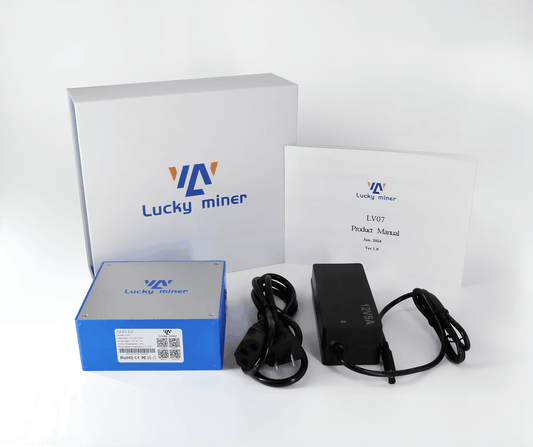
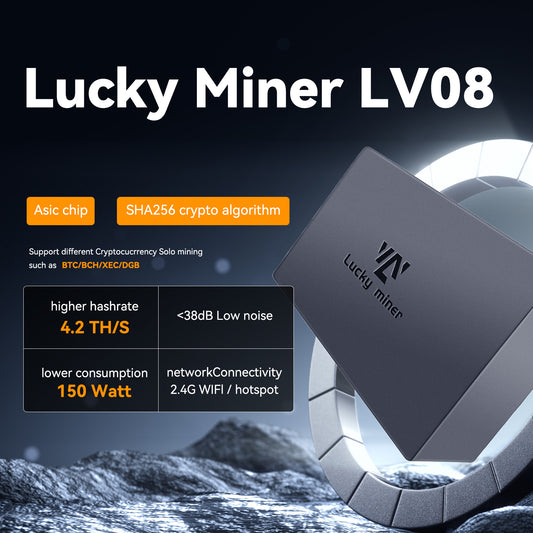
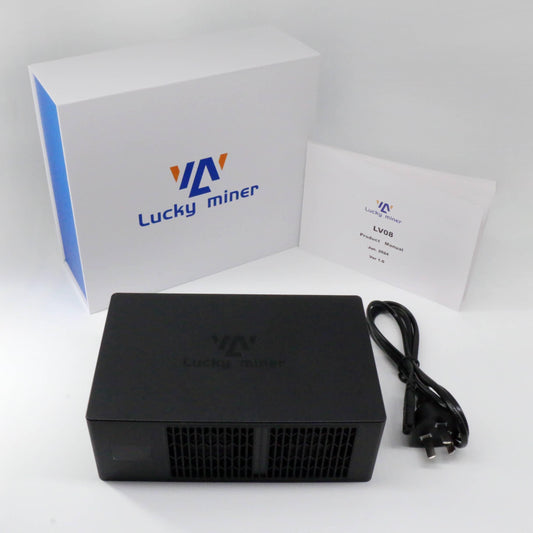

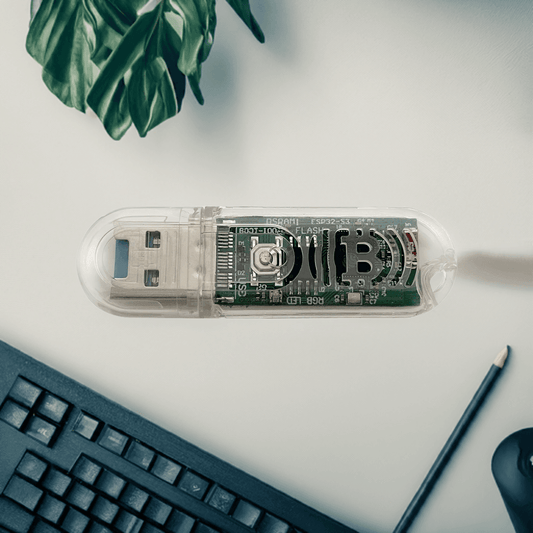

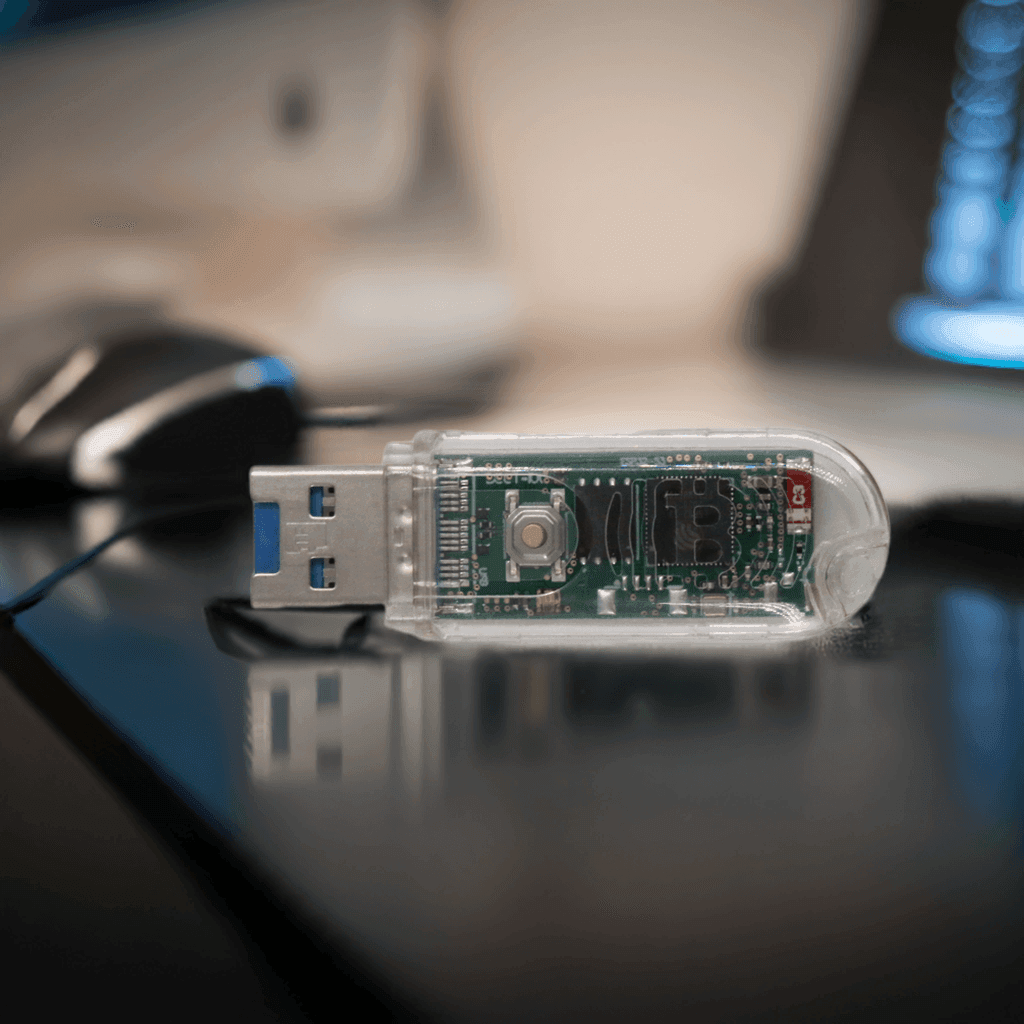

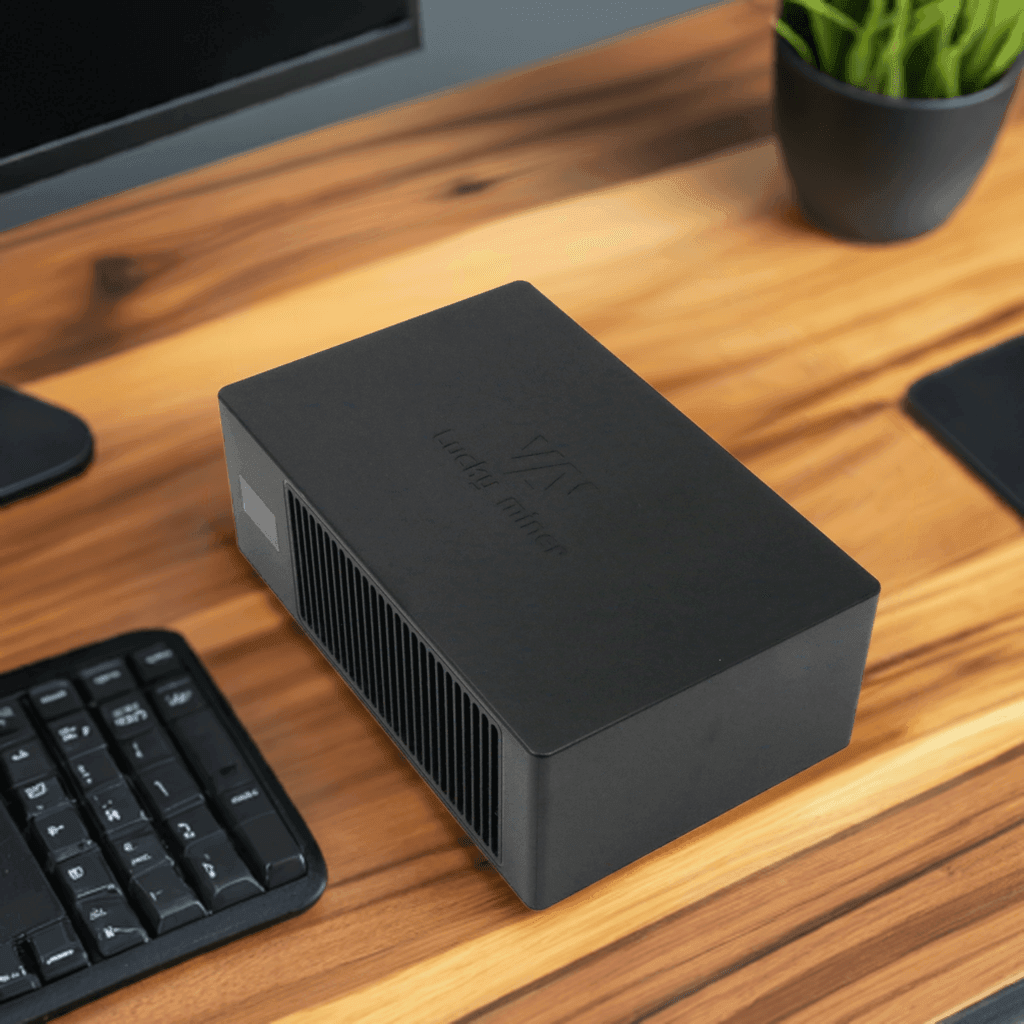

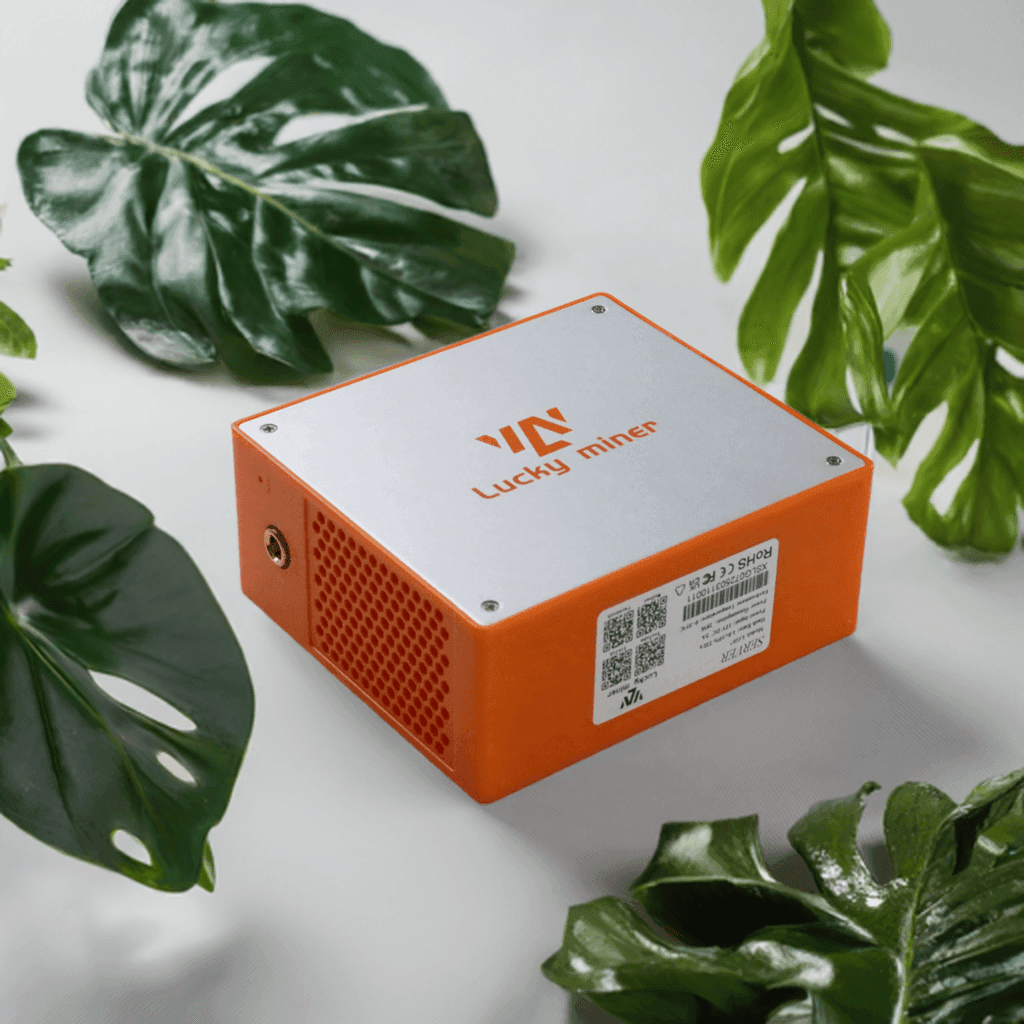

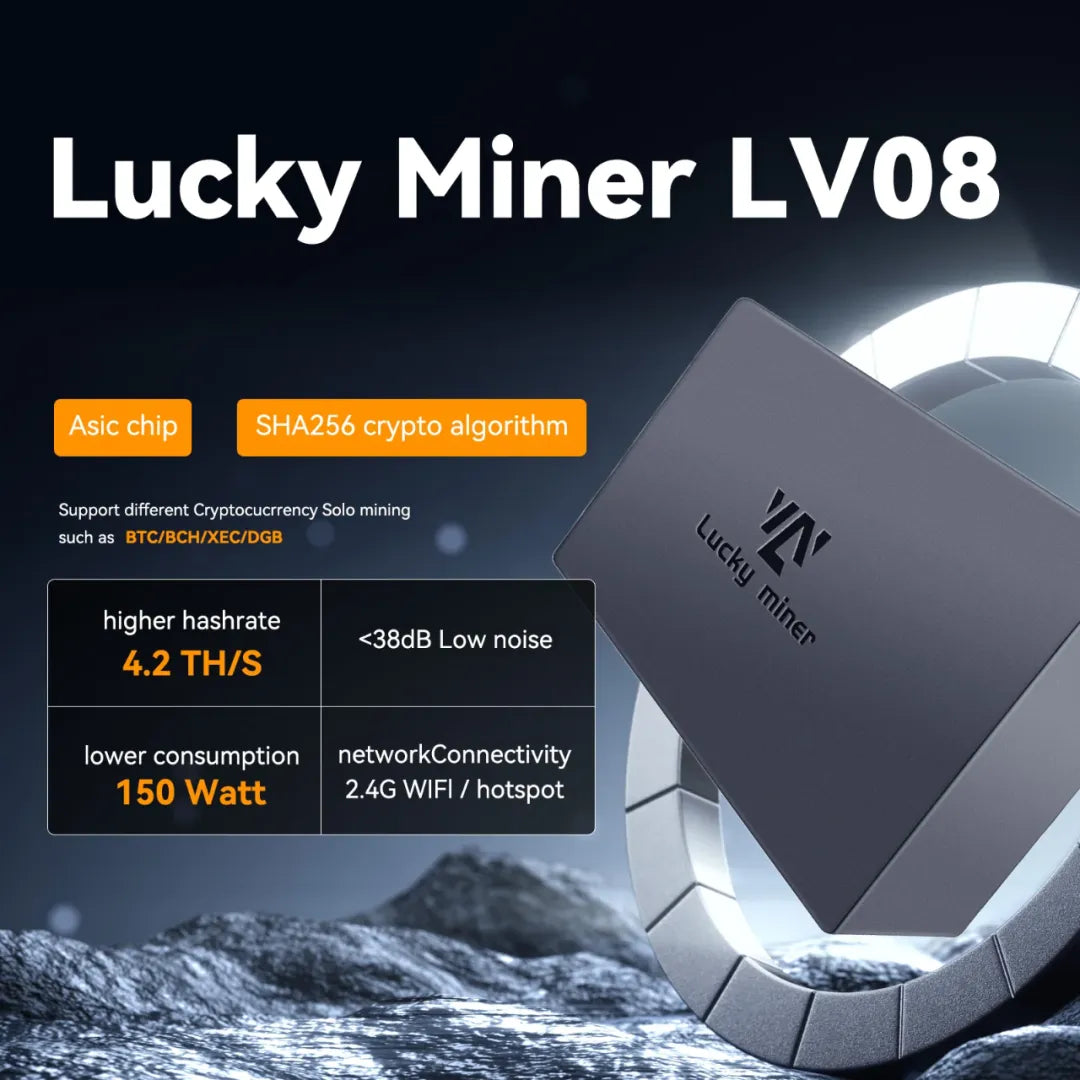

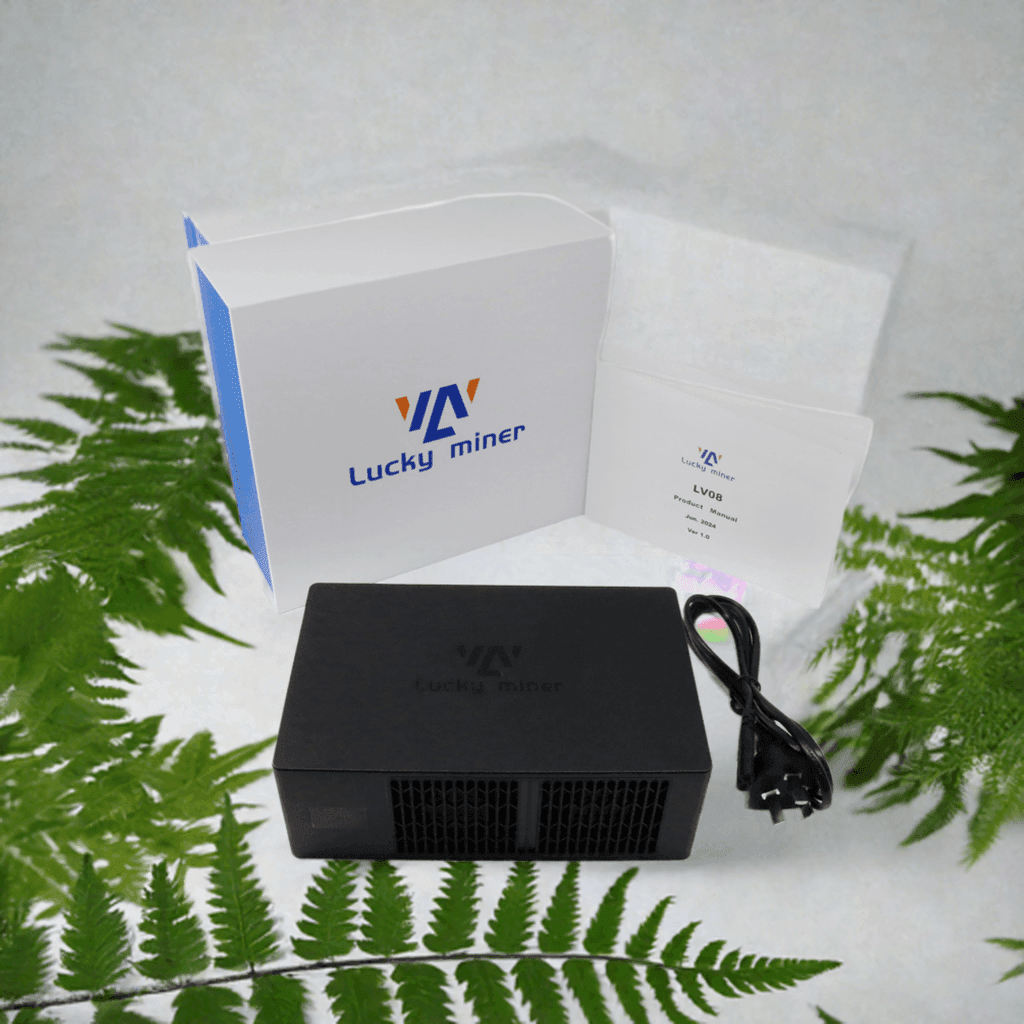
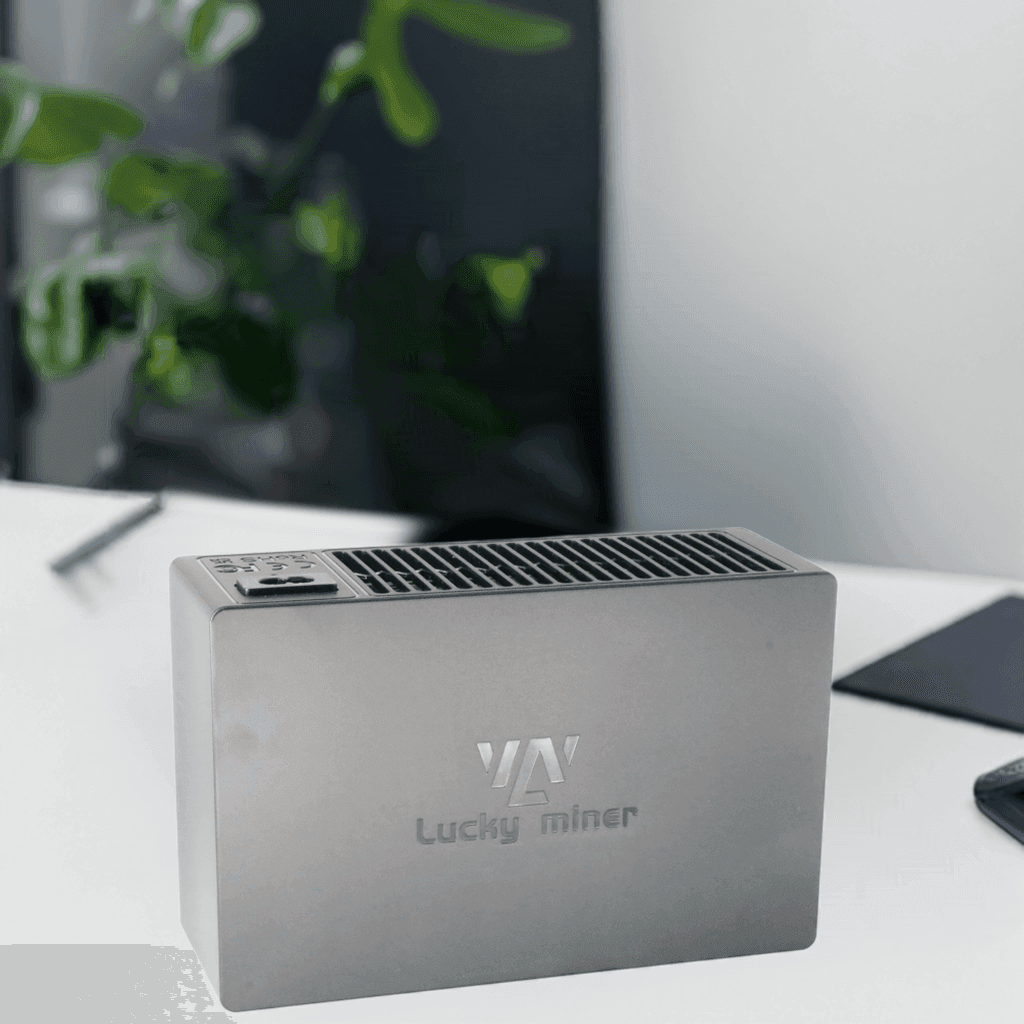

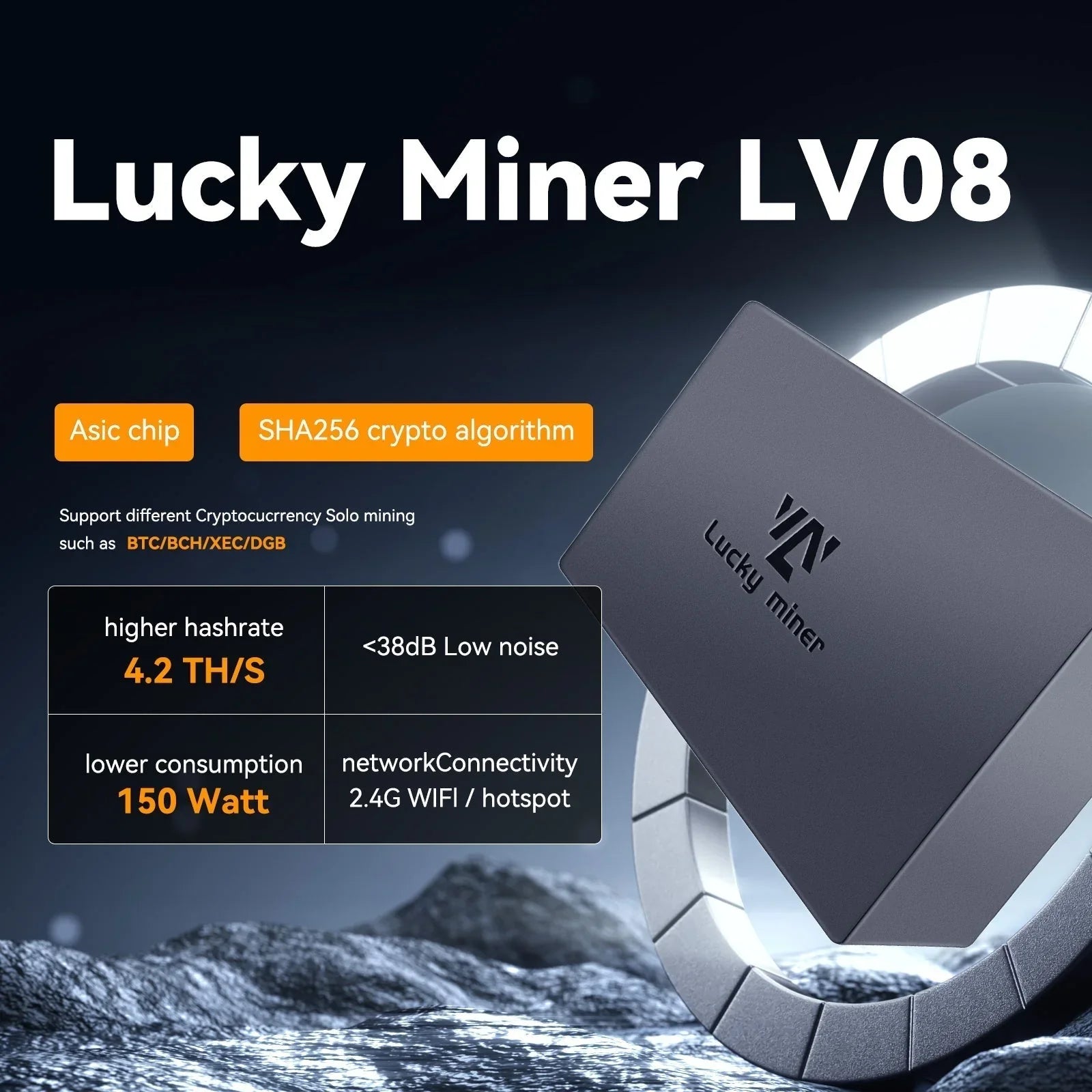

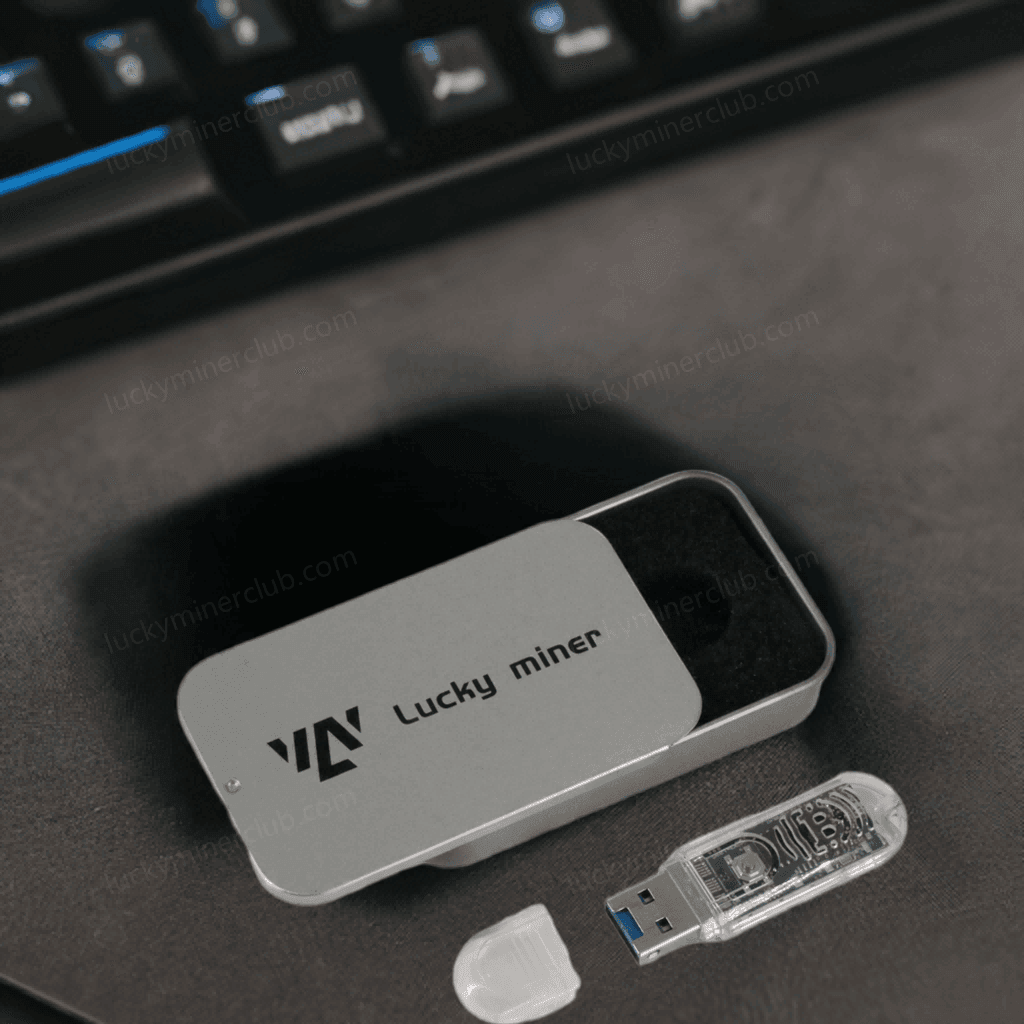
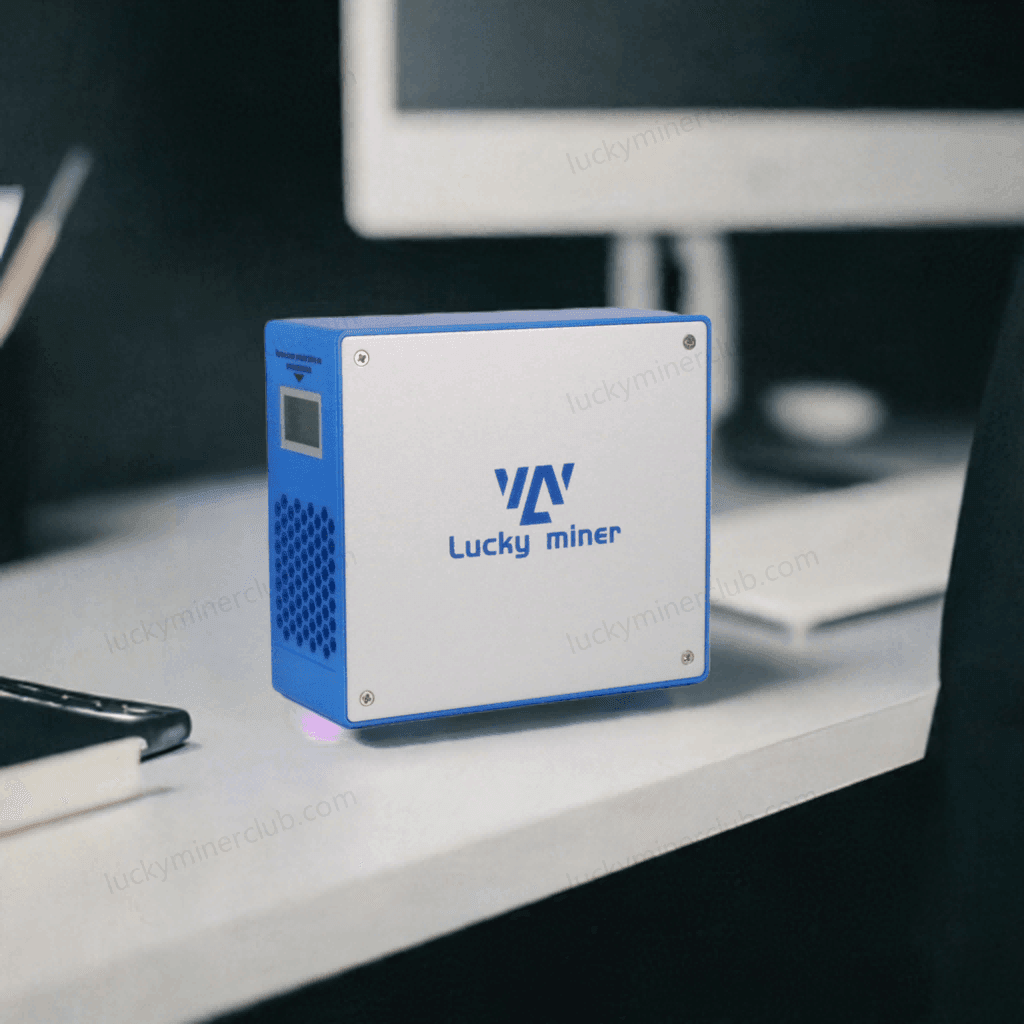
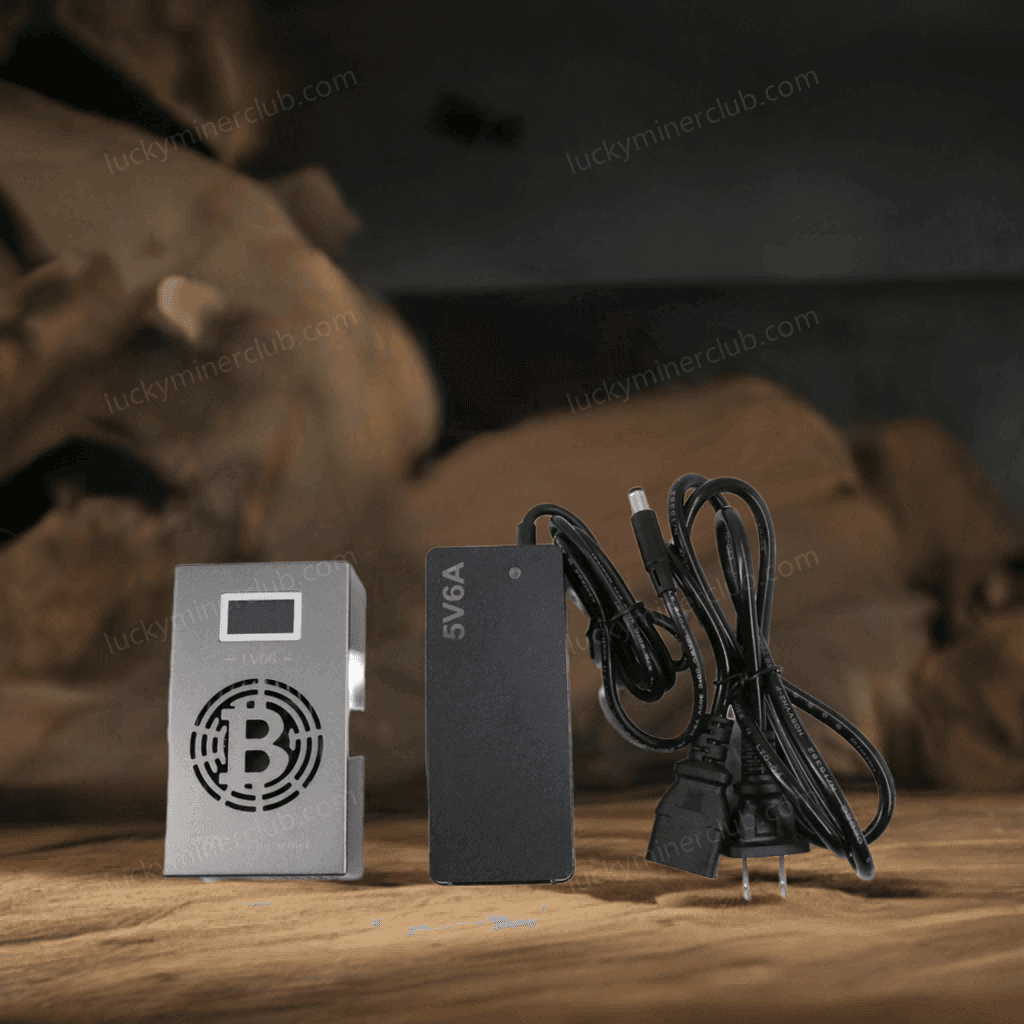

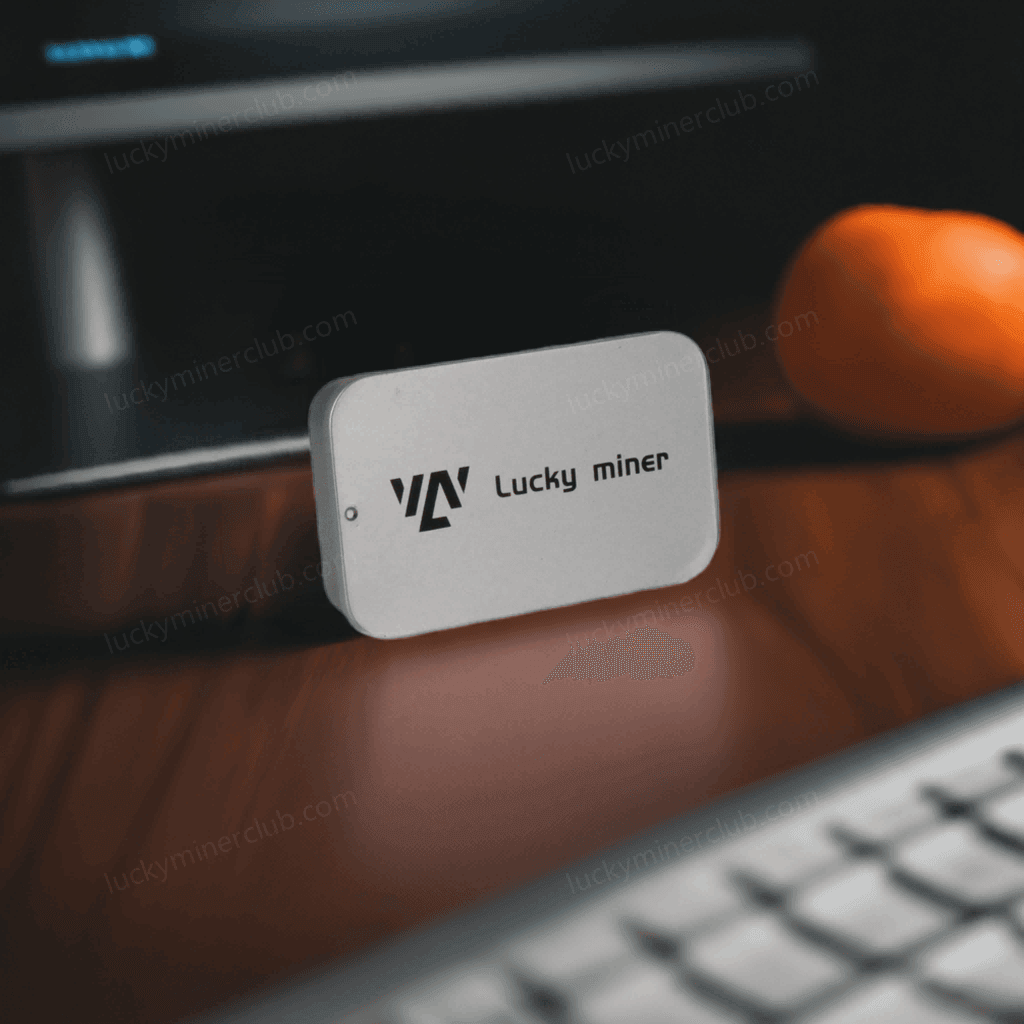
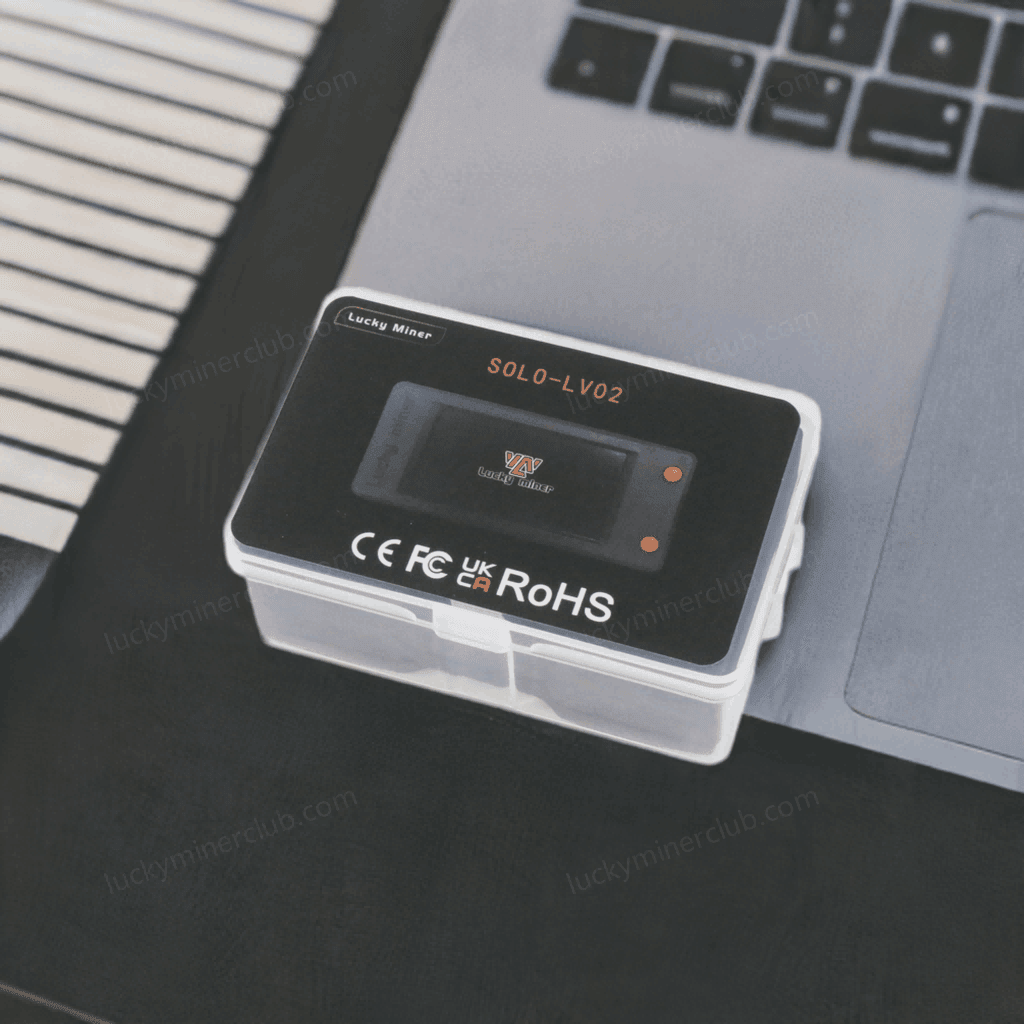
Leave a comment